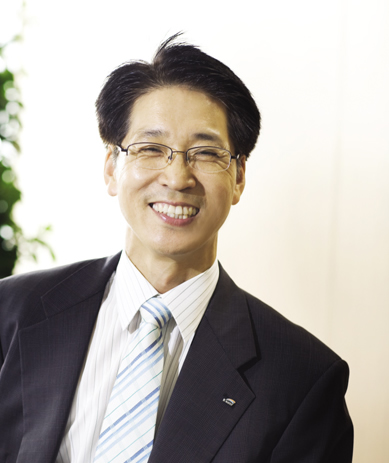Wonders of Gyeong-In Waterway
18 km-long canal will bring huge benefits for nearby areas, spurring tourism and other economic rewards

The Gyeong-In Waterway is the name of a new canal being built linking Seoul to Incheon through the Han River and Gulpo River, which flows through Incheon and meets with the Han River at the end of its 18 km long sweep, taking up 134 square km along both sides of the stream. Work on the waterway took off in 2009 and is scheduled for completion at the end of this year at a cost of 2.245 trillion won.
The Gulpo River often flooded in its the upper region during the rainy season and Incheon City built a flood control channel along the stream to prevent flooding by directing the water into the West Sea off Incheon in 1987. The upper region of the Gulpo River extended to part of Gangseo District in Seoul, Bupyeong, Gyeyang District, Bucheon and Gimpo, totaling 134 square km in space with 1.5 million residents in the region affected by floods during the rainy season, as the region is lower than the Han River's water level of 10.6 meters compared to the region's 6.5 meters.
The flood control channel was useful for only about 10 days during the rainy season and cost 10 billion won annually to maintain, so they built a 4-km extension of the waterway to connect the Gulpo River to the Han River at the estuary of the great river as it flows into the sea near Incheon. This is how the Gyeong-In Waterway Project to build a full-blown canal between Seoul and Incheon got its start.
The canal is 18 km long, linking the Incheon Terminal in Oryu-dong, Incheon and Gimpo Terminal in Gaehwa-dong, Seoul and is 80 meters wide with a depth of 6.3 meters. There are eight bridges along the canal. The project is said to be the realization of a more than 1,000-year dream for Koreans since King Kojong of the Koryo Dynasty first entertained the idea for the waterway and the Jeoson Dynasty (1392-1910) inherited the dream and tried to build the waterway, but failed for lack of technology and other conditions, including the right economic and political situations.
When officially opened at the end of this year, the waterway will be the first inland environmentally-friendly canal, bringing a revolutionary logistics system, creating water-friendly spaces to boost the quality of life along the waterway and for the entire nation as a whole. Benefits from the waterway also include the prevention of flood damage in the upper region of the Gulpo River, the creation of an environmentally friendly transportation system with a low-carbon, green growth logistics system as well as low-cost transportation £one-ninth the cost of using fossil fuel and less than 2.5 times the cost of using railroad.
The waterway will also create water-friendly cultural spaces and other leisure attractions for residents from the nearby towns and tourists to enjoy. It will thus bring enormous economic benefits along the waterway by boosting productivity and job growth.
Gyeong-In Waterway will lead the growth of low-carbon, green growth in Korea by realizing a miracle of green growth in the 21st century, along with a new paradigm for tourism, making Seoul a port city.
The harbor and logistics parks along the waterway will connect nearby harbors and airports to become a new logistics hub in Northeast Asia, causing a surge in tourism and economic activities. The waterway is expected to become an international tourist attraction, as it will create new value based on Korean traditional culture and the 21st century environmentally friendly paradigm.
The project is 68 percent complete with wharfs at both Incheon Terminal and Gimpo Terminal nearing completion to meet the date for their dedications in October. The work to dig the canal deeper is underway, along with construction of wharfs for boats that can make stops along the canal and passenger facilities at the terminals.
Gimpo Terminal has a total space of 1,701,000 square meters including 869,000 square meters of logistics space and 832,000 meters of harbor, which is big enough for 250-TEU class river and sea vessels to dock for cargo and passengers. Incheon Terminal has 2,453,000 square meters in space including 1,162,000 square meters for logistics and 1,291,000 square meters of harbor. nw


A drawing of the Gyeong-In Waterway showing part of the 18-km long canal to be completed this year. (inset) Kim Jong-hae, chief of the Gyeong-In Waterway Construction Headquarter of Korea Water Resources Corp.
Photos on Courtesy of Korea Water Resources Corp.
3Fl, 292-47, Shindang 6-dong, Chung-gu, Seoul, Korea 100-456
Tel : 82-2-2235-6114 / Fax : 82-2-2235-0799